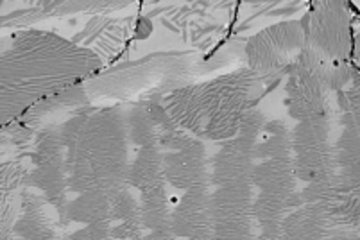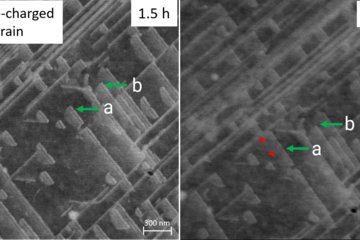All genres
21.
Talk
How can electron tomography be used for studying the catalyst degradation of fuel cells. Advanced Electron Nanoscopy Group – Institut Catala de Nanociencia I Nanotecnologia, Bellaterra, Spain (2022)
22.
Talk
Ruthenium-Platinum Core-Shell Nanoparticles as durable, CO tolerant catalyst for Polymer Electrolyte Membrane Fuel Cells. 5th International Caparica Symposium on Nanoparticles/Nanomaterials and Applications (ISN2A), Online (accepted)
23.
Thesis - Master
Electron microscopy degradation studies of ruthenium-platinum core-shell nanoparticles for polymer electrolyte membrane fuel cells. Master, Universitat Autònoma de Barcelona, Spain (2021)
24.
Thesis - Bachelor
Degradation mechanisms during operation of high temperature polymer electrolyte membrane fuel cells. Bachelor, Universitat Autònoma de Barcelona, Spain (2020)
25.
Preprint
Operando Insights on the Degradation Mechanisms of Rhenium-doped and Undoped Molybdenum Disulfide Nanocatalysts for Electrolyzer Applications. arXiv (2023)











